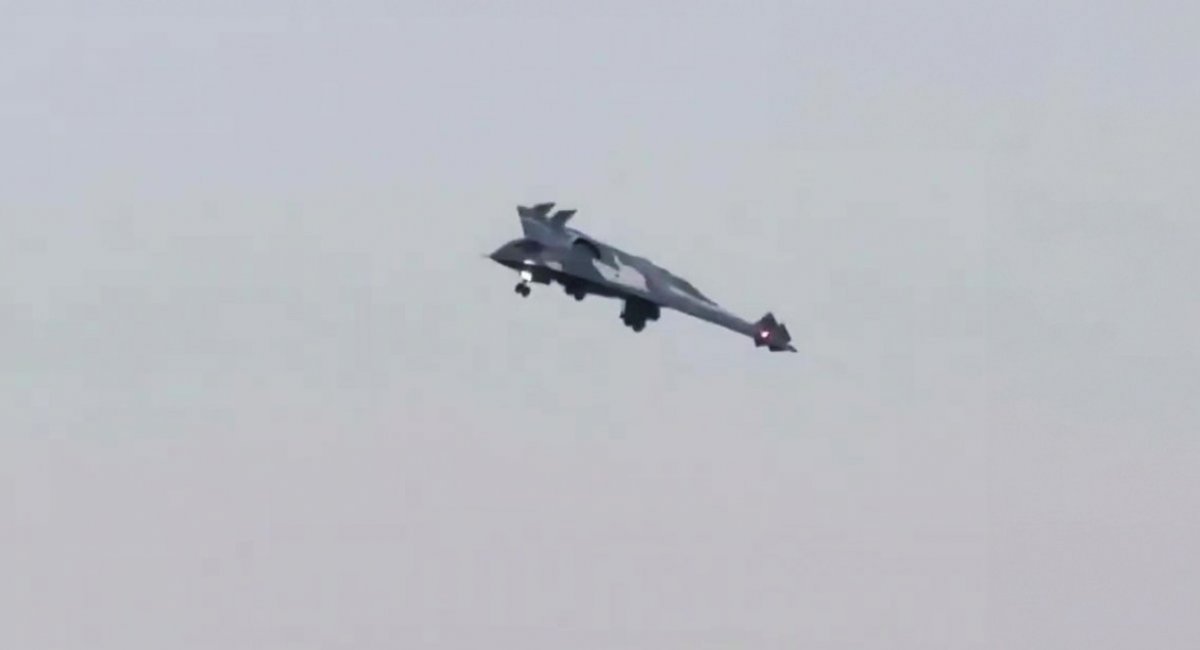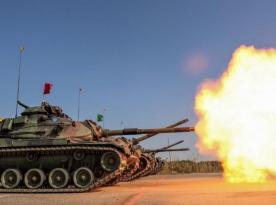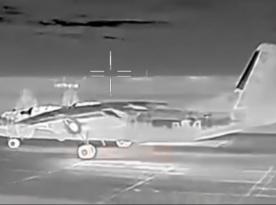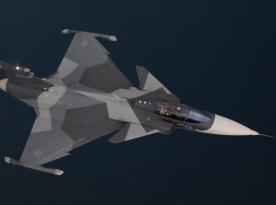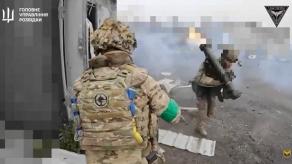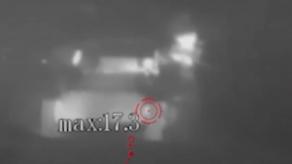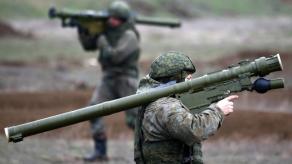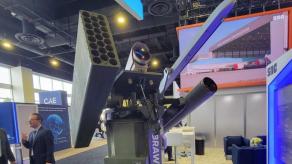China is actively flying its new sixth-generation aircraft, one of them is J-36 heavy fighter-bomber, seen once again recently after its debut in December 2024. This aircraft, notable by the absence of a vertical stabilizer and other unique design solutions, can now be inspected more closely thanks to new imagery. It appeared in a video of a J-36 landing, posted on social media the other day.
Read more: China Raises Two New-Type Aircraft J-50 and JH-XX For a Flight (Video)
The reason why Chinese bypassers can film this new cutting-edge development is the location of its manufacturer, Chengdu Aircraft Industry Group. The company is situated in the city of Chengdu with a population of 20 million citizens, the center of Sichuan province in southwestern China. Therefore, sometimes the test flights of this fighter are seen from residential areas.
The shots are not just spectacular, they allow us to pinpoint some details about the external design of the new secret weapon of China. For example, they ascertain that the J-36 uses a very rare trijet layout with three engines, which most likely have flat nozzles. Two air intakes are located below, and one more on the top, which is also a rather uncommon solution.

The J-36 has a very powerful chassis with a two-wheel nose strut and a trolley two-wheel chassis on the main supports. This indicates the aircraft's heavy take-off weight — according to estimates, it falls between 45 and 54 tons.
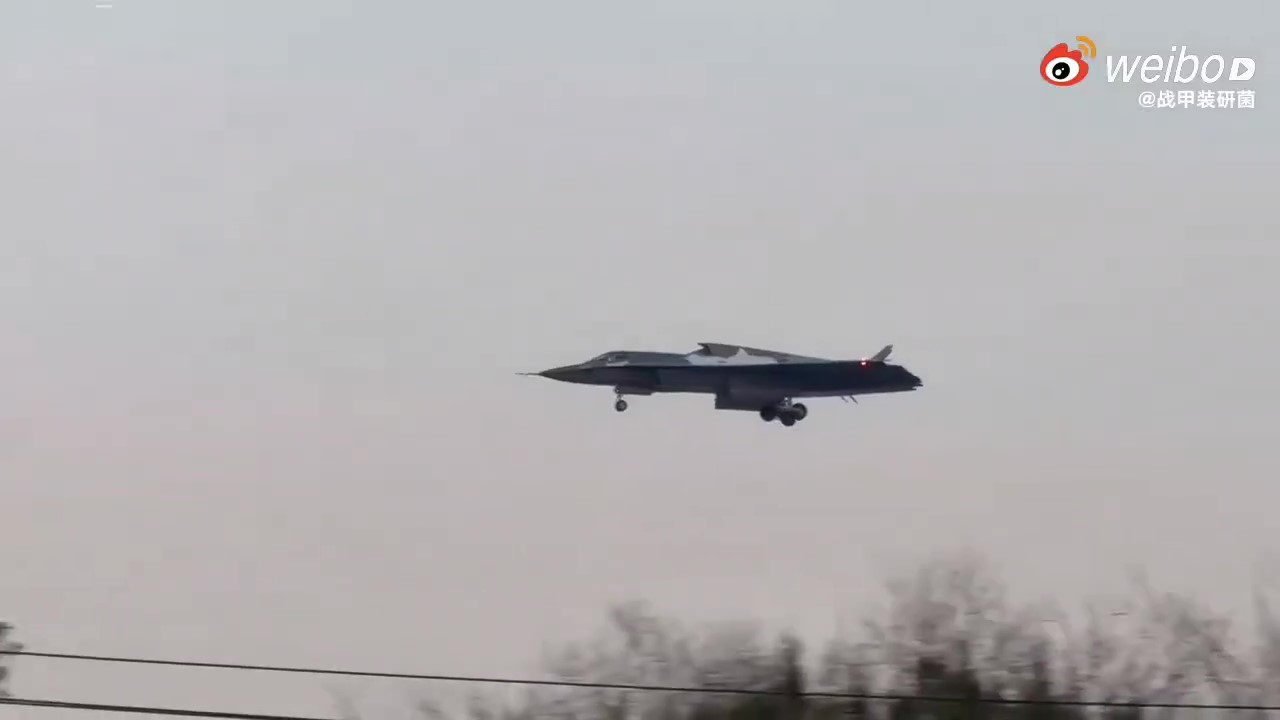
The wing configuration is diamond-shaped with a large nose "cheekbone," it is believed to be optimized for supersonic cruising flight. The absence of a vertical fin and rudders is compensated by the developed wing mechanization and control surfaces consisting of 11 separate elements in the tail section.
Dimension-wise, the J-36 is significantly larger than the Chinese J-20 and J-35 fighters, with an estimated length of 20 to 26 meters, a wingspan of up to 20 meters, and a surface area of over 190 m².
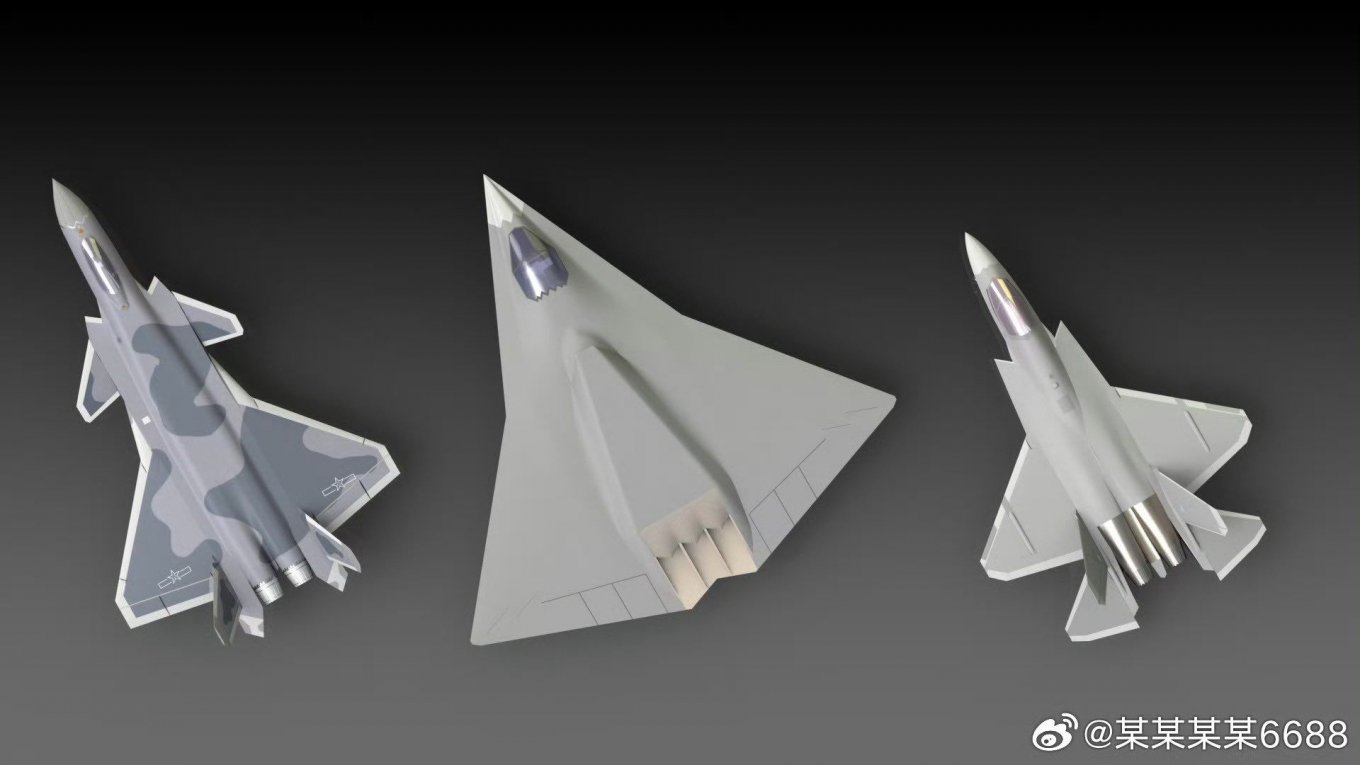
This allows the new aircraft to carry a rich stock of weapons in the internal compartments, a sufficient fuel supply for long flights, and find extra room for more powerful sensors.
Another feature of this aircraft is that at least two crew members are seated in the cockpit side by side, rather than in tandem, as on most two-seater aircraft. This arrangement simplifies the interaction between pilots and is usually used in bombers and attack aircraft.
Read more: Taiwan Follows in Ukraine's Footsteps and Develops Own Naval Drones



